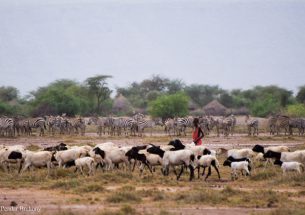News and Opinion
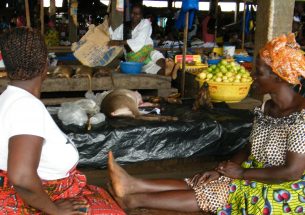
Clear strategies needed to reduce bushmeat hunting
READ MORE about Clear strategies needed to reduce bushmeat hunting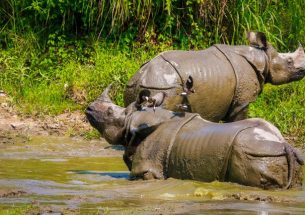
What actions played a crucial role in curbing the rhinoceros poaching in Nepal?
READ MORE about What actions played a crucial role in curbing the rhinoceros poaching in Nepal?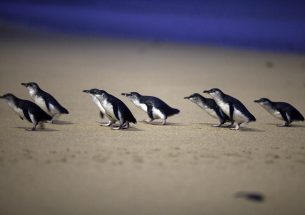
Learning about penguin’s diet may save marine life, study finds
READ MORE about Learning about penguin’s diet may save marine life, study finds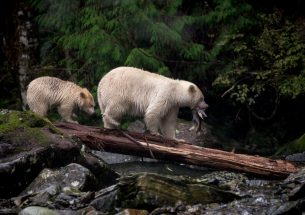
New study reveals rarity of the Spirit Bear and gaps in their protection in the Great Bear Rainforest
READ MORE about New study reveals rarity of the Spirit Bear and gaps in their protection in the Great Bear Rainforest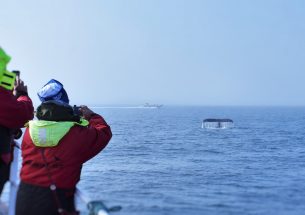
How to bring conservation messaging into wildlife-based tourism
READ MORE about How to bring conservation messaging into wildlife-based tourism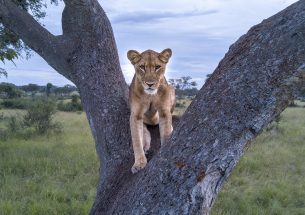
African lion numbers are being overestimated by survey methods
READ MORE about African lion numbers are being overestimated by survey methods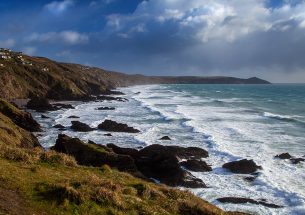
Adapting to climate change: how do we know if it’s working?
READ MORE about Adapting to climate change: how do we know if it’s working?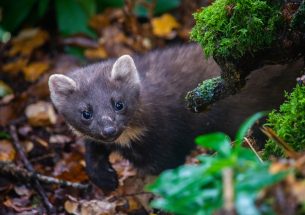
Research shows recovering pine marten population benefits red squirrels, but the grey squirrel still poses a problem in urban areas
READ MORE about Research shows recovering pine marten population benefits red squirrels, but the grey squirrel still poses a problem in urban areas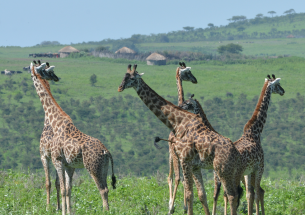
Human presence weakens social relationships of giraffes
READ MORE about Human presence weakens social relationships of giraffes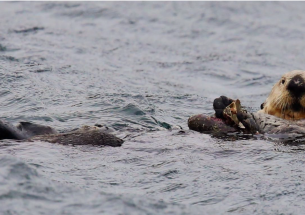
Indigenous voices reveal key strategies for navigating the challenging return of sea otters
READ MORE about Indigenous voices reveal key strategies for navigating the challenging return of sea otters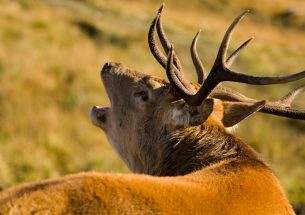
Understanding deer damage is crucial when planting new forests
READ MORE about Understanding deer damage is crucial when planting new forests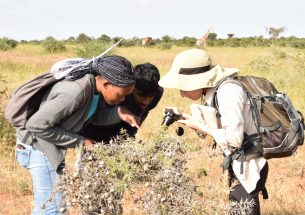
“We need more conservationists!" How a field course run by the Tropical Biology Association empowers the ecological community
READ MORE about “We need more conservationists!" How a field course run by the Tropical Biology Association empowers the ecological community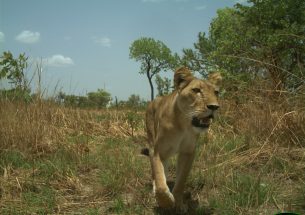
West African lions show no preference between national parks and hunting zones
READ MORE about West African lions show no preference between national parks and hunting zones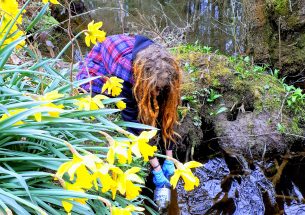
Fishing for Mammals: How DNA from rivers could revolutionise mammal detection on land
READ MORE about Fishing for Mammals: How DNA from rivers could revolutionise mammal detection on land